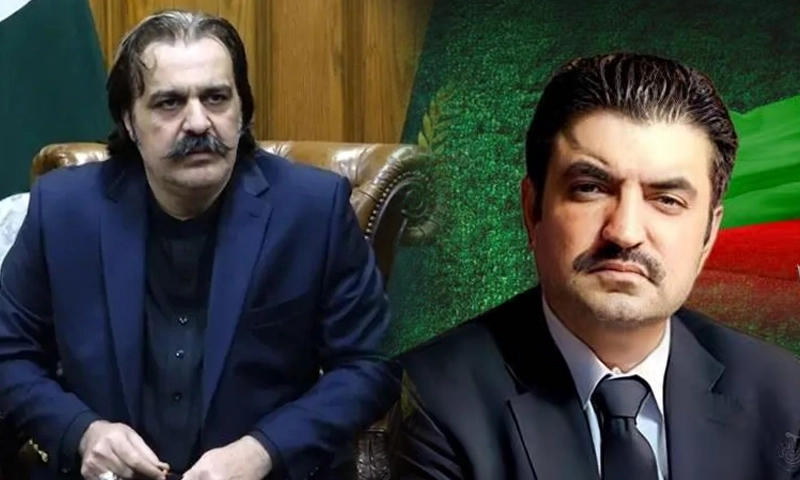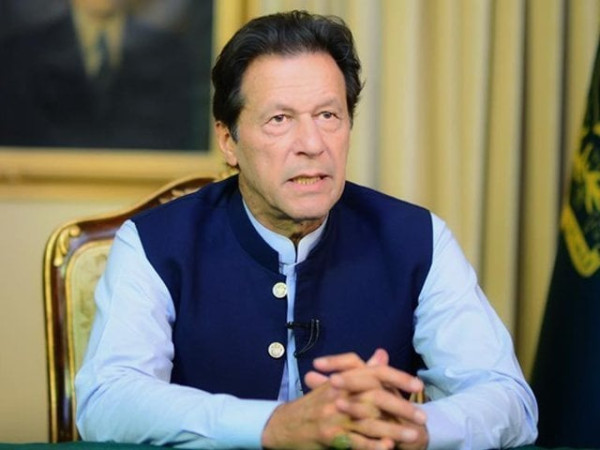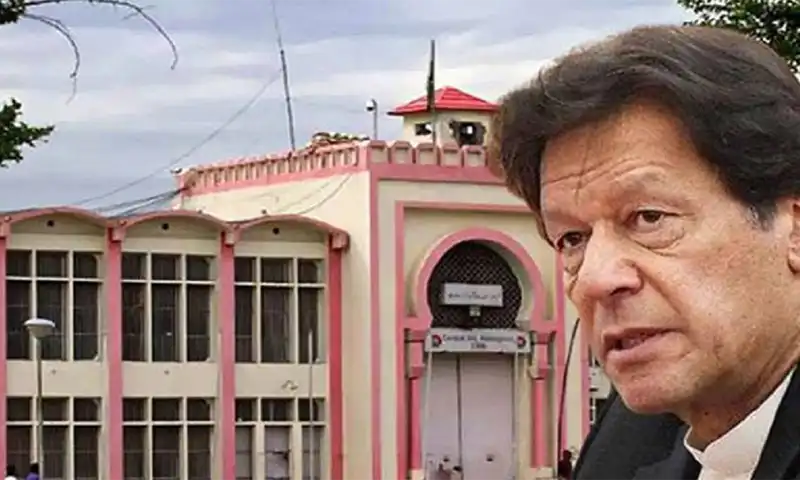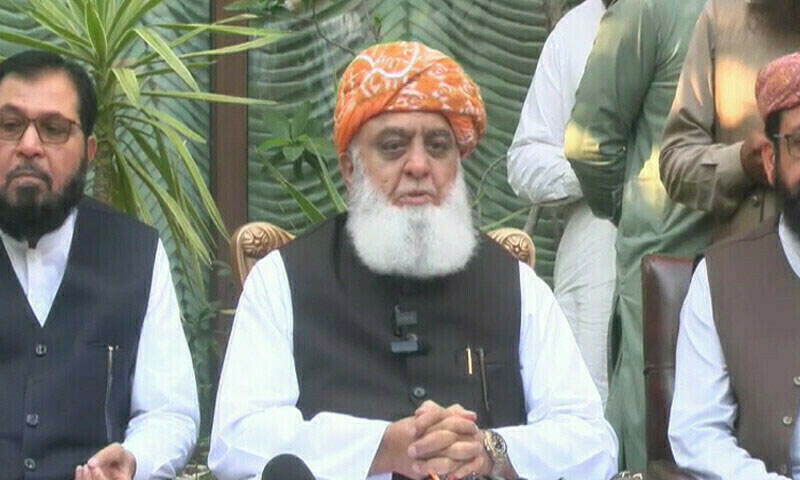- Web Desk
- Apr 19, 2025

Farrukh Habib’s television appearance defies PEMRA ban
-

- Web Desk Hamza Irshad
- Oct 19, 2023

ISLAMABAD: In an unexpected turn of events, Farrukh Habib, once an prominent figure in the Pakistan Tehreek-e-Insaf (PTI), recently re-emerged on the media stage after a month of whispers, speculations, and genuine concerns about his unexplained absence. What made his reappearance even more intriguing was that it seemed to defy a recent directive by the Pakistan Electronic Media Regulatory Authority (PEMRA), which explicitly restricted media from covering certain proclaimed offenders, including politicians such as Habib.
Habib’s sudden and unexplained disappearance, following an arrest in Gwadar last month, had become the talk of the town. The mystery deepened as efforts by the PTI’s media wing to ascertain his whereabouts, including an application to the Lahore High Court, seemed to hit a wall.
Amidst this backdrop, a heartfelt plea from Habib’s wife to the chief justice of Pakistan painted a grim picture, hinting at potential mistreatment in custody and a possible shift in his political stance under duress.
However, all speculations were put to rest when Habib, during a televised press conference, decided to share his side of the story. Surrounded by leaders from the newly-formed Istehkam-i-Pakistan Party (IPP), Habib declared his departure from the PTI. He expressed disillusionment with the party’s trajectory, particularly its perceived tilt towards aggressive politics following the tumultuous events of May 9 in Islamabad.
Farrukh Habib quits PTI, condemns May 9 incident
During his address, Habib took a moment to reminisce about his political journey, emphasizing his unwavering commitment to the vision of Pakistan’s founder, Quaid-i-Azam. He voiced his concerns over PTI’s departure from its democratic roots, especially in the aftermath of its ousting through a constitutional no-confidence motion. Habib also didn’t minsed words from praising the Pakistan army for its sacrifices while simultaneously highlighting the essence of democratic leadership.
Habib’s unexpected TV appearance, in direct contradiction to PEMRA’s guidelines, has ignited a debate on media freedom and the enforcement of regulatory directives. The PEMRA’s recent mandate, in line with the Sindh High Court’s stance, clearly stated that certain proclaimed offenders shouldn’t be given TV airtime.
The PTI was quick to respond to Habib’s revelations. Through an official statement, the party hinted at a larger conspiracy to push PTI to the political sidelines. Several PTI leaders also took to social media, suggesting that Habib’s resignation might have been coerced.
In the ever-evolving tapestry of Pakistan’s political narrative, Habib’s sudden return and his decision to part ways with PTI have added a new dimension. As events continue to unfold, the interplay between media freedom, political alliances, and public perception will undoubtedly shape the future discourse.




